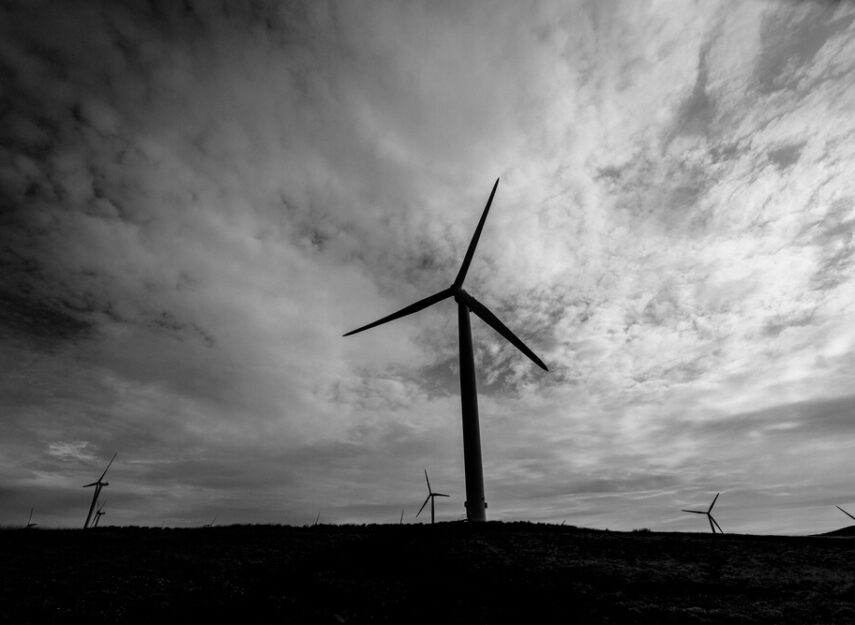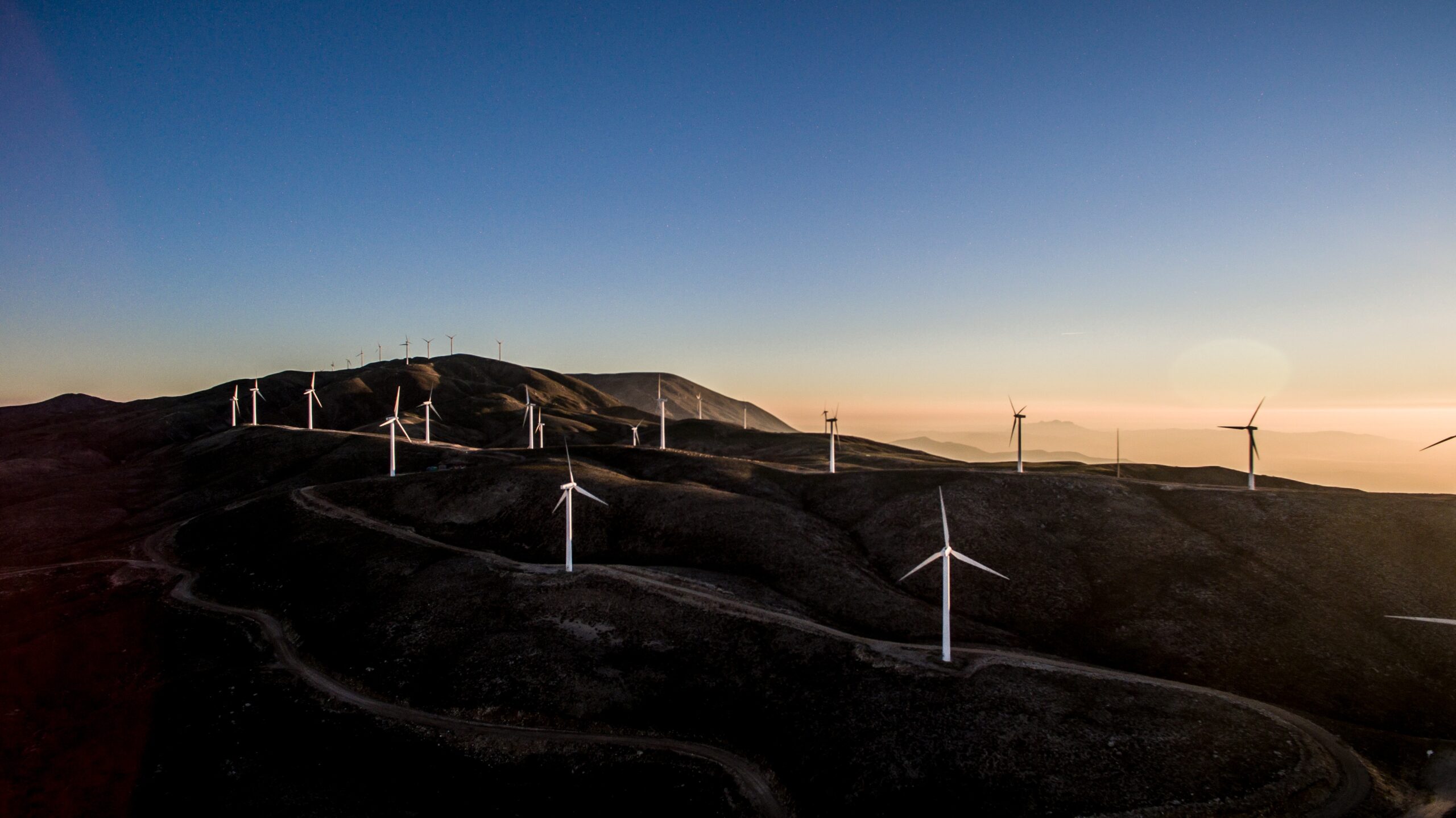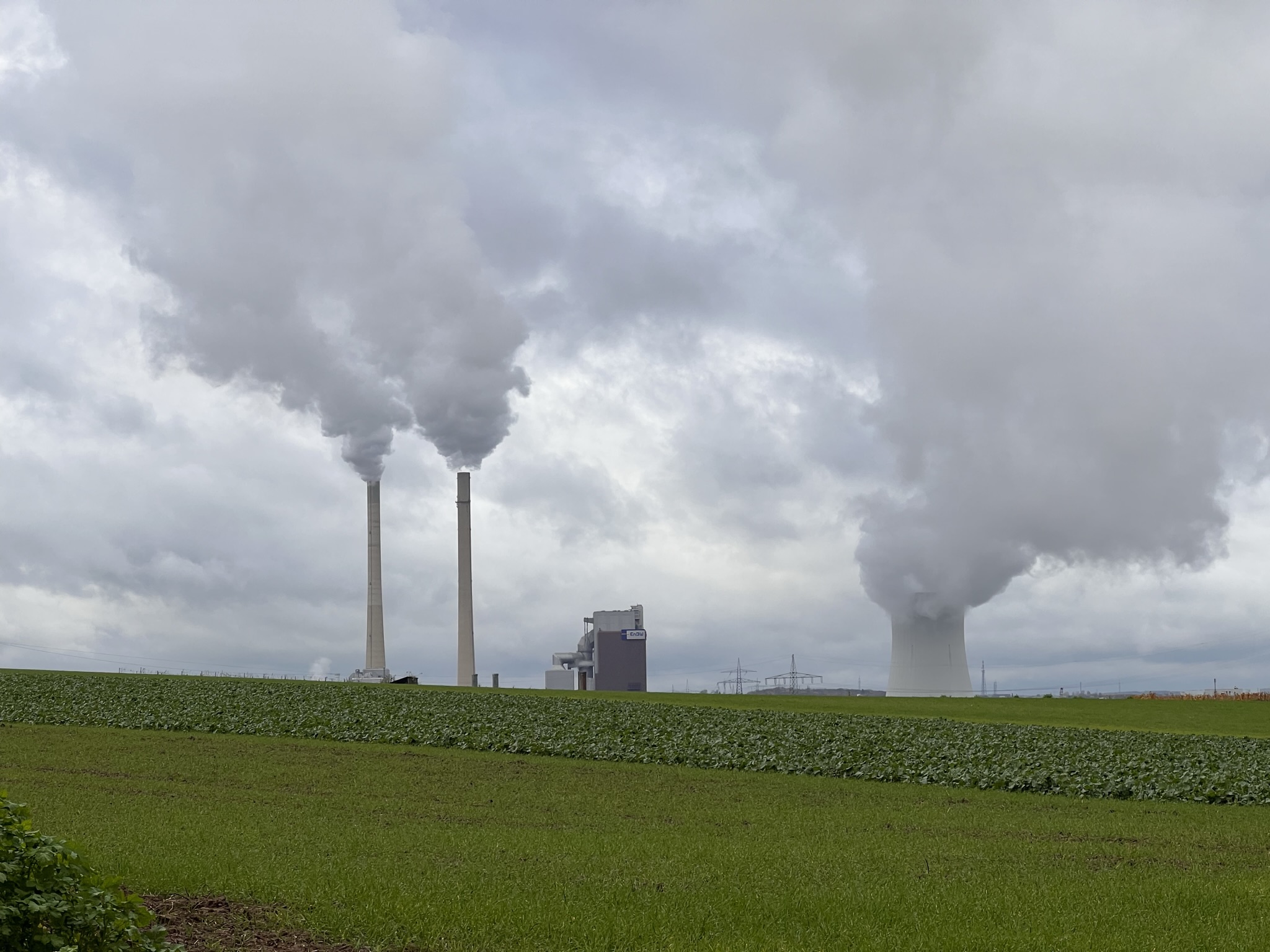
Reminder: What is net zero?
A recent McKinsey analysis finds that c 275 trillion USD in cumulative spending may be required on physical assets for the transition described above. That translates into c $9.2 trillion USD on average per year until 2050 (9.200.000.000.000 USD). Based on the “Net Zero 2050” scenario, as defined by the Network for Greening the Financial System (NGFS), McKinsey analysis shows that changes in policies, technologies, and consumer and investor preferences will lead to material shifts in demand for various goods and services. For instance, oil and gas production volumes could be 55 percent and 70 percent lower in 2050 than today. Coal production for energy use could end by 2050. Another, related, example is the expected change in demand for products that use fossil fuels. Demand for internal combustion engine cars would eventually cease as sales of electric cars increase from 5 percent of new-car sales today to almost 100 percent by 2050.
These shifts in demand would trigger shifts in investments related to the deployment of new physical assets and to the decarbonization of existing assets. Some existing physical assets will be retired or transformed, while other, new assets need to be built or acquired. This requires 1. a sharp increase in the overall level of spending relative to today and 2. a shift of investments from high-emissions assets to low-emissions assets. Both trends are not limited to energy assets/investments, but require investments in land use, (agriculture and forestry) and other areas. Therefore, the McKinsey figures are even higher than estimates provided by others in the past.
Where and when will these transition costs occur?
275 trillion USD (cumulative spending) sounds like a relatively big number: 275.000.000.000.000 USD. It translates into an annual $9.2 trillion USD. Which is roughly 10% of global GDP (2020). To achieve climate goals, the required spending would have to be front-loaded, so 10% of global GDP is not entirely unrealistic for the next few years. Incremental spending (of annual $ 9.2 trillion USD) would be around 3.5 trn USD, or roughly 4% of global GDP (2020). This would affect all sectors and periods until 2050, but not evenly:
- Three sectors, namely mobility, power, and buildings, would account for approximately 75 percent of the investment in this scenario.
- Over time, the biggest increase would have to be already between 2026 and 2030.
This shift in spending will disrupt consumer demand, capital allocation, costs, and jobs. High-emissions products will see shrinking demand, while low-emissions products would create growth opportunities. In certain sectors such as the steel and cement industry, production costs could rise by about 30 % and 45 %, from current levels. In the power sector, however, the global average cost of electricity would increase by 25% in 2040, before falling from its peak until 2050. The impact would be front-loaded: costs, including operating costs, capital costs, and depreciation of new and existing assets, would increase by about 25 % by 2040. Other sectors could see overall cost decreases. The McKinsey-analysis suggests that the total cost of ownership for electric cars could be cheaper than for ICE vehicles in most regions by 2025, and even sooner in some regions. Changing costs will impact consumer spending; consumers – low-income households particularly – will be facing increasing prices and up-front capital costs in the near term and will need to adjust their spending patterns. In addition, the transition could lead to a reallocation of labour, with about 200 million direct and indirect jobs gained and 185 million lost by 2050.
The transition process described above will likely also lead to “asset stranding”, whereby existing physical assets are either underutilized or retired before the end of their useful life. This implies significant changes in financing, new sources, and collaborations of public and private capital in technology-specific financing models. Moreover, many assets that could be stranded are capitalized on the balance sheets of listed companies, such as utilities with a coal and gas-dominated power plant fleet. Retirement of such assets could lead to the reduction of (book) values and hence bankruptcies and credit defaults. Equity markets may vote on these values long before the actual stranding has taken place, driving down the values of carbon-exposed players, especially in the energy sector.







